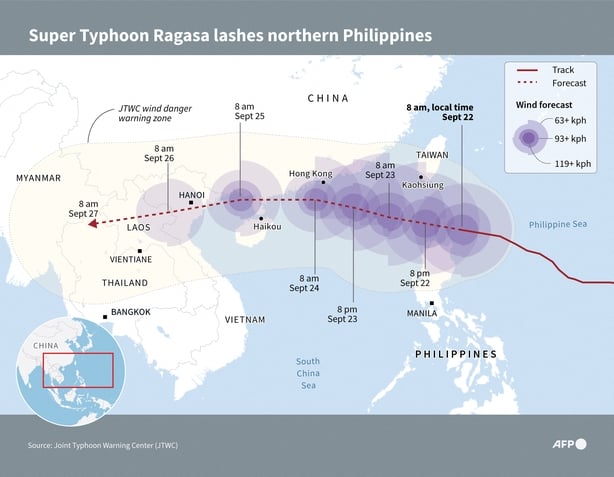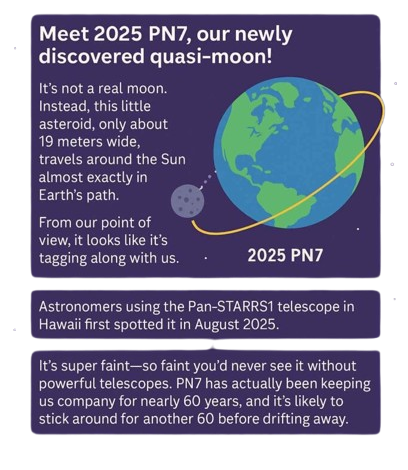Introduction
Once a vibrant stream of India’s political life, socialism today survives only on the margins, overshadowed by dominant political narratives. The Samajwadi Ekjutata Sammelan attempted to revive this forgotten legacy by recalling socialist icons, showcasing their contributions, and highlighting the ideological resources they left behind. Unlike European social democracy or Marxism, Indian socialism, particularly articulated by Ram Manohar Lohia, offered a distinct doctrine—integrating caste, gender, and cultural politics with economic equality and Gandhian satyagraha. At a time when the world grapples with inequality, climate change, and rising authoritarianism, revisiting Indian socialism is not just about remembering the past, but about reclaiming tools for the future.
Why in the News?
The 90th anniversary of the socialist movement was commemorated through a large convention in Pune, bringing together activists, veterans of the Emergency resistance, and younger voices. This event is significant because it highlights the amnesia and disjunction surrounding socialism in India today, where even icons like JP, Usha Mehta, and Kamaladevi Chattopadhyay are remembered for roles outside the socialist tradition. The Sammelan underscored a major problem: the ideological vacuum created by the neglect of Indian socialism, just when its core ideas, on inequality, sustainable development, cultural politics, and resistance to authoritarianism, are urgently needed. The striking aspect is not just nostalgia, but the contrast between socialism’s past centrality and its near invisibility in today’s discourse.
The Legacy of Indian Socialism
- Founding of Congress Socialist Party (1934): Socialist stream within Congress connected political freedom with social and economic equality.
- Quit India Movement: JP, Lohia, Usha Mehta and others led underground resistance, marking socialism’s high point in the freedom struggle.
- Post-Independence Role: Departure from Congress to form an independent opposition, mobilising backward castes and the poor, especially in the Hindi belt.
- Emergency Resistance: Socialist leaders like Rajkumar Jain, Vijay Pratap, and Anand Kumar stood against authoritarianism, spending months in jail.
Why is Socialism Fading from Public Memory?
- Amnesia: Young people today conflate socialists with communists or Maoists, erasing the distinctiveness of the socialist tradition.
- Disjunction in Memory: JP Narayan is remembered as Gandhian, Kamaladevi for handicrafts, Usha Mehta as freedom fighter—none as socialists.
- Neglect of Ideas: Unlike communists, socialists lacked a robust academic subculture and access to English-speaking opinion-makers.
- Absence of Popular Recall: Figures like Yusuf Meherally, Achyut Patwardhan, Madhu Limaye, and S.M. Joshi remain unknown to today’s youth.
Distinctive Ideas of Indian Socialism
- Expanded Equality: Beyond economics, it included caste, gender, race, nationality, relevant to debates on women’s reservation, caste census, and subquotas.
- Alternative Development Model: Critiqued technocratic-industrial path; emphasised sustainable well-being, now crucial amid climate change.
- Satyagraha as Politics: Advocated Gandhian non-violent resistance as an alternative to violence or electoralism.
- Cultural Politics: Rooted in Indian languages and traditions, countering hegemonic cultural nationalism with inclusive symbols.
Why Does Indian Socialism Matter Today?
- Counter to Inequality: Rising global inequality makes Lohia’s expanded framework urgent.
- Democratic Deepening: Socialists played key role in mobilisation of backward castes and poor, essential for inclusive democracy.
- Resistance to Authoritarianism: With a consistent history of fighting Emergency and excesses, socialism offers principled tools to resist authoritarian regimes.
- Global Relevance: By abjuring Eurocentric roots, Indian socialism contributed a new doctrine to world thought.
Conclusion
The decline of Indian socialism is not just the fading of a political ideology but the loss of a moral and intellectual compass that once challenged inequality and authoritarianism. The Sammelan in Pune reminded us that socialism is more than an electoral project; it is a resource for reimagining democracy and justice in the 21st century. Whether or not the label survives, its ideas remain indispensable. The real challenge lies in recalling, renewing, and repurposing socialism to confront contemporary crises.
PYQ Relevance
[UPSC 2020] Since the decade of the 1920s, the national movement acquired various ideological strands and thereby expanded its social base. Discuss.
Linkage: Since the 1920s, the national movement diversified ideologically with strands like socialism, which linked political freedom with social and economic equality. Socialists such as JP and Lohia expanded the movement’s base by mobilising peasants, backward castes, women, and workers, while also shaping resistance during Quit India and the Emergency. This ideological pluralism deepened democracy and widened the social foundations of Indian politics.
Value Addition |
|||||||||||||||||||||
History of Socialism in Pre-Independent IndiaEarly Currents (1920s–1930s)
Formation of the Congress Socialist Party (1934)
Objectives:
Impact: CSP became the ideological left-wing of the Congress, drawing in students, workers, peasants, and socially progressive leaders. Role in the Quit India Movement (1942)
Socialist Contribution:
Significance: This gave socialism a heroic image of sacrifice and resistance, showing it could sustain the national struggle when the mainstream was paralysed. Peasant & Worker Mobilisation
Other Key Developments
Summary
Socialist Principles in the Indian ConstitutionExplicit Reference:
Directive Principles of State Policy (DPSP):
Comparative Analysis: Indian vs. Western Socialism
|
Get an IAS/IPS ranker as your 1: 1 personal mentor for UPSC 2024






